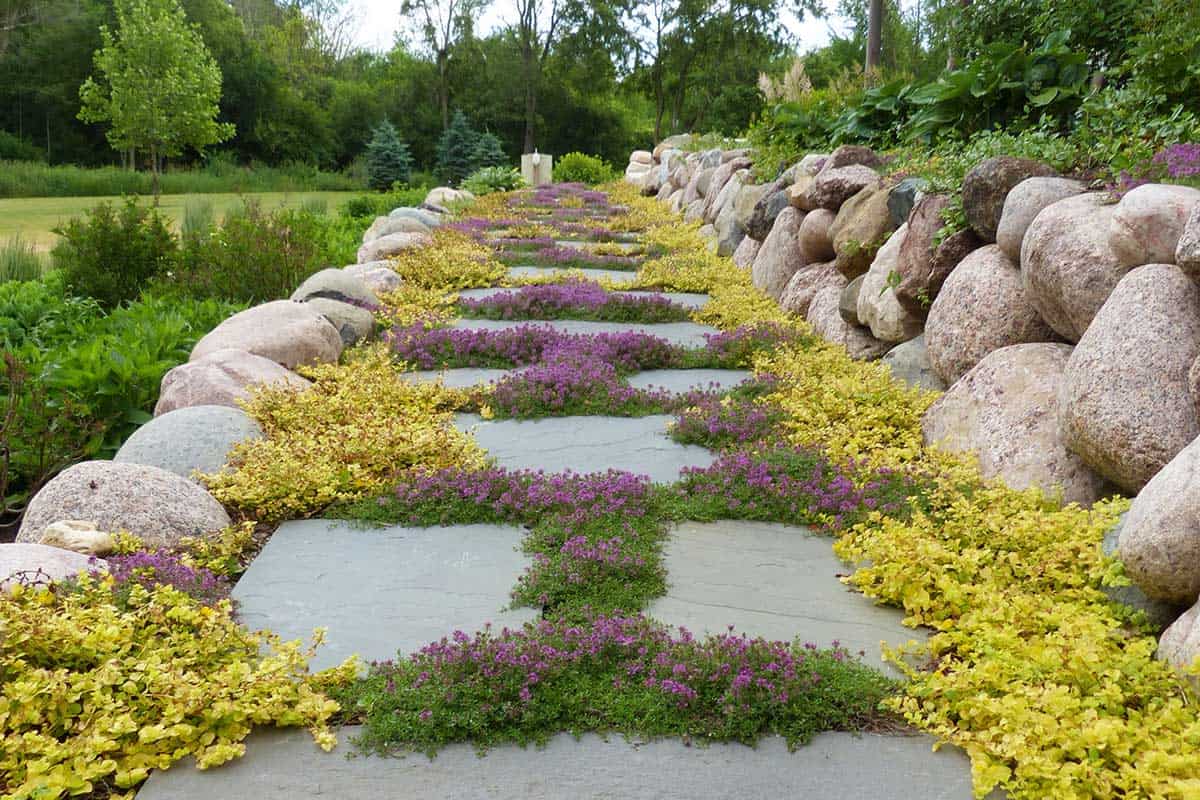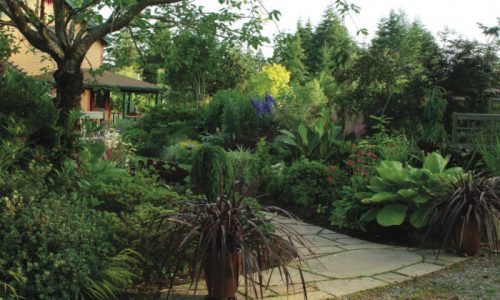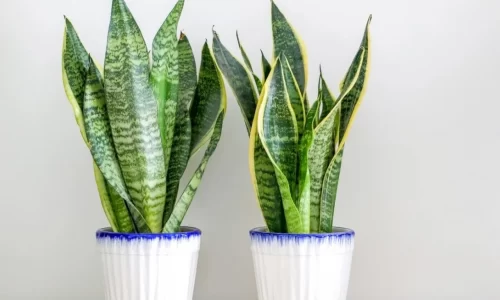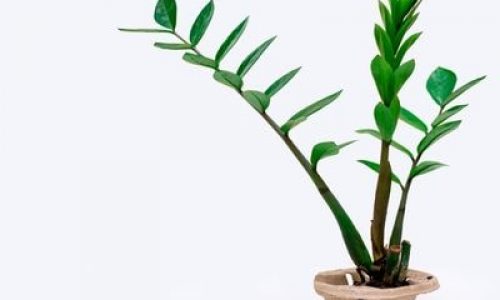Creeping jenny care
Creeping Jenny is a perennial with a small, bright yellow flowers. Although the flowers won’t last long, they are beautiful. For this reason, it is better to grow this low-growing “creeping” for its leaves, which will make an excellent ground cover.
The golden creeping Jenny is also called moneywort because the leaves are in the shape of small coins. It’s a member of the Primulaceae family and is hardy in USDA zones 4-9. It’s often confused with creeping charlie, another invasive patio plant. Although the foliage is similar to, creeping charlie has small purple flowers instead of the yellow ones found in creeping Jenny.
How to propagate creeping Jenny
Creeping Jenny is a invasive plant in some places and may not be available at local nurseries. However, the golden or ‘Auria’ cultivars are less invasive than the green.
Even if you grow them in containers and keep them away from the yard, be careful when disposing of your pots at the end of the season. It can establish itself quickly and grow like wildfire. It is not uncommon for the seeds of this designer plant to slip out of the container and reach the lawn, where they take root and spread.
If you pay attention to the creeping Jenny, you can beat the plant’s bad reputation. It is a beautiful decoration. The main problem most of the people have with creeping Jenny is that it spreads. If you grow them in the garden, they can quickly take Place if not controlled. However, if your soil is on drier side, this will stunt some of its growth.
How to propagate Jenny Creeper
1. Water the plant before taking cutting
Spread creeping jenny cuttings in spring as soon as new growth appears on the tips of the stems. Water the plant to a depth of 3 inches the night before you collect the cutting.
2. Prepare the growing medium
Fill a 4-inch square pot with the mixture of two parts perlite, one part sand, and one-part sterile compost. Cover the mix with the water and let it dry for 20 to 30 minutes.
3. Take the cutting
Measure 2 to 5 inches from the tip of a cute creepy little genie stem. Cut the stem 1/8 inch below a pair of leaves using a utility knife or sharp, clean scissors.
4. Trim the cutting and dip it into rooting hormone
Pull all the leaves along the lower half of the cutting. Dip the cut end in standard talc to speed up the rooting process, if desired. Press the stem to remove excess talc.
5. Prepare the planting hole
Make a hole in the wet perlite mixture. Make the gap equal to half the length of the cut of the creeping Jenny; For example
6. e, a 3-inch amount would require a 1/2-inch-deep hole
- Plant the cutting Place the cut end of the creeping geni cut into the hole. Push the perlite mixture against the stem. Pour a small amount of the water around the cutting to settle the perlite on the branch.
7. Protect a cutting inside a plastic bag
Place the pot inside a clear 2-gallon plastic bag. Support the load with wooden skewers to prevent it from touching the pieces. Close the bag, but cut a 1/2-inch hole in the top of the bag to allow the trapped moisture to escape.
8. Ensure proper light
Place the bagged pot on a windowsill in a north or east-facing window or outdoors in light shade. Protect your creeping Jenny from direct sunlight, which will dry out the leaves.
9. 9. Monitor moisture
Open the plastic bag daily and check the perlite mixture’s moisture level. Water whenever you feel it is barely damp below the surface. Spray the leaves with a spray bottle each time you water.
10. Test for roots
Test the roots in two to four weeks by gently pulling the stem close to the base. See if the sources are stuck in the perlite mixture. Remove the plastic bag after the creeping roots.
11. Transplant the cutting
If you are growing creeping Jenny indoors, plant the cutting in a pot filled with potting soil; Otherwise, plant it directly in the garden. Acclimate it to direct sunlight for four to six days before transplanting to avoid shock.
Creeping jenny aquarium
You will want to meet certain conditions in your aquarium to ensure that your plants can thrive. First, the ideal temperature is the coldest water, between 15 and 25 degrees Celsius.
In terms of acidity, the creeping Jenny prefers pH levels between 6 and 8. They also like lots of bright light constantly. Before placing any creeping genie inside an aquarium, it should be thoroughly washed. Since it is often planted with insecticides to protect it from pests and damage, any traces of this should be removed from the plant before it hits the water. These insecticides can be very harmful to fish. To properly clean a creeping plant, you should immerse the plant in some water with baking soda. This will help break down any chemicals left in the plant.
[youmightlike]










